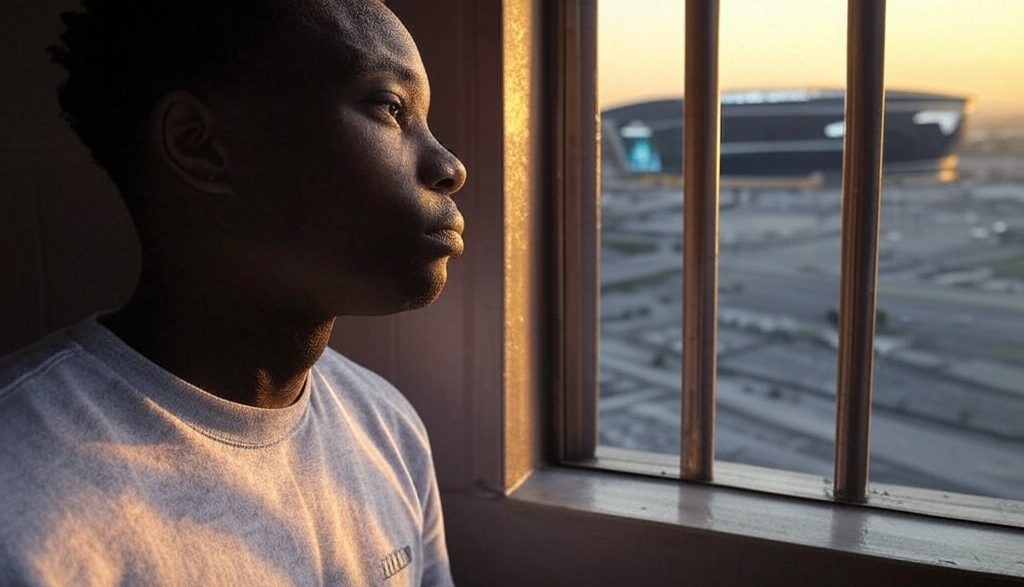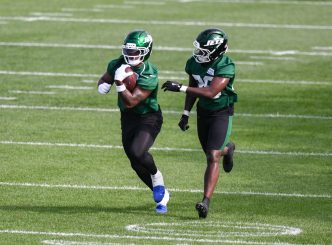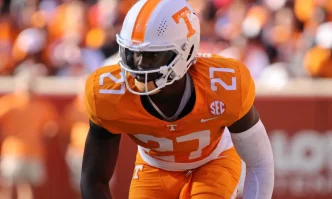Just a stone’s throw away from Allegiant Stadium in Las Vegas sits the Casa Grande Transitional Housing, part of the Nevada Department of Corrections’ network. This facility is now home to former Las Vegas Raiders wide receiver, Henry Ruggs III, marking a significant shift in what was once a promising NFL career.
Ruggs, who showcased his talents on the gridiron for the Raiders during the 2020 and 2021 NFL seasons, now finds himself in a very different environment. It’s a sharp contrast from the cheers of the crowd, as he’s currently serving a 36- to 120-month sentence following his involvement in a tragic car accident that claimed the life of Tina Tintor on November 2, 2021.
Having transitioned from Stewart Conservation Camp to Casa Grande, Ruggs is making his way through Nevada’s system as he works towards eventual parole eligibility. Casa Grande, with its 400-bed setup, serves a unique purpose. It’s designed predominantly for non-violent offenders nearing the end of their sentences, offering them a chance to integrate back into society by seeking employment and securing housing.
Ruggs’ timeline for possible parole starts as early as August 5, 2026, but there’s a mandatory consideration date set for July 4, 2027. For inmates like Ruggs, Nevada’s guidelines typically allow for parole consideration once they’ve served a certain portion of their sentence, provided they don’t pose a public safety risk or have additional sentences to serve.
While doing time at Stewart, Ruggs found himself working at the Nevada Governor’s Mansion, earning $2.50 hourly as a community trusty. This status, the lowest risk level in Nevada’s correctional classification, reflects the limited threat he poses in terms of escape or misconduct.
The story of Ruggs took a decisive turn back in May 2023, when he reached a plea agreement with the Clark County District Attorney’s Office, admitting guilt to a DUI resulting in death and misdemeanor vehicular manslaughter. It was a resolution that, under Judge Jennifer Schwartz’s ruling, imposed the current imprisonment terms but spared Ruggs the possibility of a much longer sentence, potentially exceeding 50 years had he been convicted on all initial charges.
The fatal accident sent shockwaves through the community. In the early hours of November 2, 2021, Ruggs was behind the wheel of a Corvette that collided with a Toyota RAV4 driven by Tintor. The speed of his vehicle prior to impact was a staggering 156 mph, dropping slightly to 127 mph upon collision. The aftermath was devastating, as Tintor and her dog perished in the fiery wreck.
Subsequent tests revealed Ruggs’ blood alcohol level at 0.161 percent, double the legal limit in Nevada, raising serious questions about the tragic choices made that night. As part of the legal wrangling, delays in court proceedings were inevitable, with issues ranging from evidence inspection to a challenge over the legitimacy of a blood draw.
Reflecting on Ruggs’ journey to the NFL, his high school acclaim in Montgomery, Alabama’s national championship team, and those blistering 40-yard dash times at the NFL Scouting Combine all painted the picture of a young athlete with the world at his feet. Drafted by the Raiders in 2020 as the 12th pick, his early career hinted at a bright future with 50 receptions for 921 yards and four touchdowns in just 20 professional games.
The narrative of Henry Ruggs III offers a stark reminder of the fine line between potential and tragedy. While his legal journey continues in the backdrop of his promising sports career, there’s the harsh reality of consequences that follow even the most talented individuals when poor decisions lead to irrevocable outcomes.








